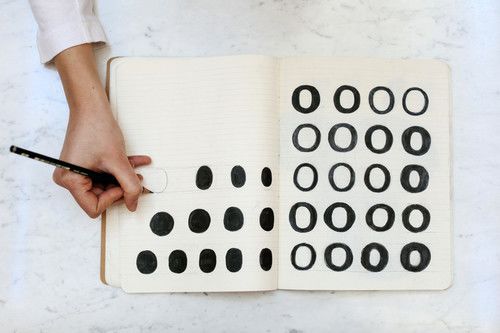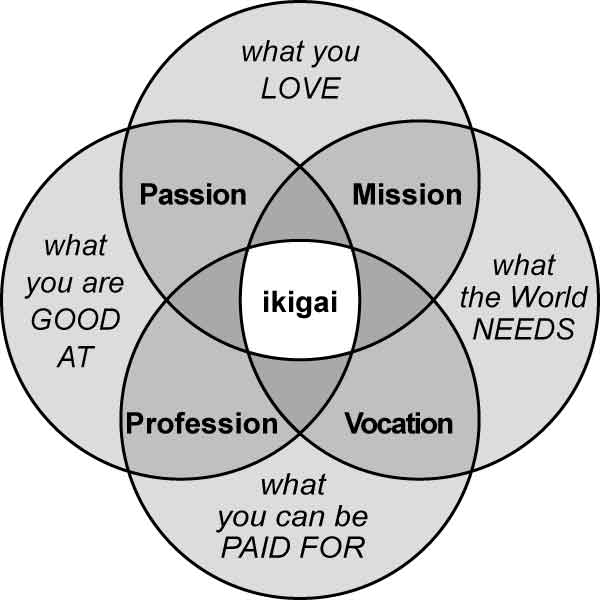Graduated, now what?

- Written byCareers and Employability
- Published date 01 September 2022

This Japanese art is composed of two words: iki, which means life and gai, which describes value or worth. There is no direct English translation, but it’s a term that embodies the idea of happiness in living. Imagine a Venn diagram of your values, things you like to do and things you are good at, at the centre where it all intertwines is your ikigai.

The Japanese philosophy of ikigai dates back to the Heian period, between 794 to 1185.In a 2001 research paper on ikigai, co-author Akihiro Hasegawa, a clinical psychologist and associate professor at Toyo Eiwa University, placed the word ikigai as part of everyday Japanese language. It’s an ancient philosophy that has guided the way Japanese people live and is believed to be the reason for happiness and longevity.
The Westernised version of ikigai is more career based. It states that you’d find ikigai if your dream career has four qualities: what you love, what you’re good at, what you can be paid for and what the world needs. Knowing your ikigai would help you create a healthy work-life balance, create strong social connections at work and design your ideal work lifestyle.
It can be difficult finding your ikigai. It’s important to be kind to yourself and remember that taking the time to work out your path is not time wasted. It can help to spend some time visualising your idea of a perfect day. Pay attention to what makes you feel good or what you keep returning to. That can be a good starting point.
If you’d like some help in finding your ikigai, create your own Ven diagram as seen above, and ask yourself the questions:
What do you love?
Imagine a full day of meetings, school or plans have been cancelled, you’ve suddenly got lots of unexpected free time. What would you ideally do to fill it?
Or, if spontaneous planning is not your thing, imagine planning a day with all your favourite activities in – what are they?
What are you good at?
This is where you can list your hard and soft skills, what are you really good at? Don’t limit yourself to just career focused things here, you can include hobbies such as cooking, dancing, or even making people laugh.
What does the world need?
What problems do you want to help solve in the world? You don’t need a solid plan on how to solve them, but this area of the diagram is more about finding the social issues which matter to you.
What can you be paid for?
This is the spot to list all the possible ways you can make a living, for example things like working in a restaurant, creating and selling a product, working at a company or starting your own business.
Make these lists as exhaustive as possible, because the next stage is to see what overlaps between the lists, for example, do you have “writing skills” in both ‘What are you good at?’ and ‘What can you be paid for?’. Find the items which appear in both lists.
Finally, look at the new lists you’ve made from all the items which fit into multiple categories, and repeat the process. The idea is to find items which fit into all four categories. The items that make it to the middle are the ones you could use to base your perfect career on.
If you need someone to talk to about your career, or want to find out what resources UAL has to offer, have a look on our career webpages.